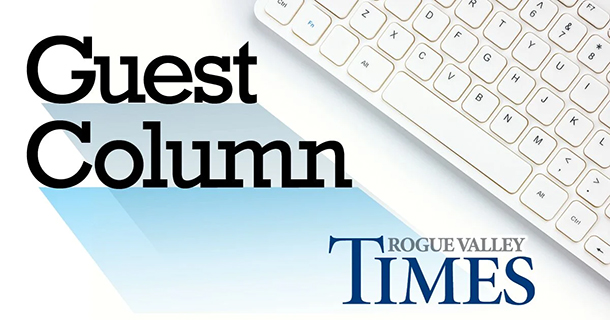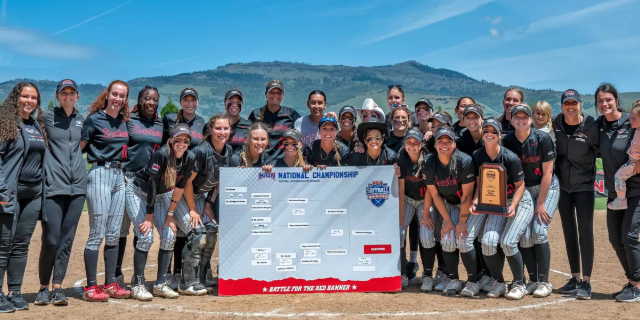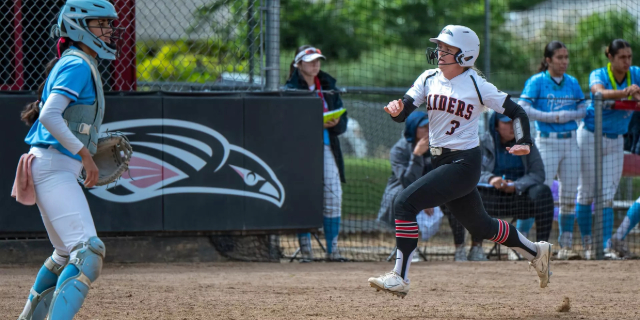GUEST COLUMN: A surge of salmon — and hope — after Klamath dams’ removal
Published 10:30 am Monday, May 12, 2025
Last year, we watched as the last of four dams were removed from the Klamath River in a historic endeavor. Karuk and Yurok citizens sighed in relief, grateful that decades of tribal-led activism, scientific research and litigation had succeeded in reopening 400 stream miles of spawning habitat for salmon and other species.
The tears of joy came just a few weeks later, when research cameras showed the first of more than 6,000 fish traveling past the first dam site. Spawning salmon were crossing into Oregon’s Spencer Creek, a tributary of the Klamath, for the first time in 112 years. The salmon had remembered the way, for it is embedded into their DNA just as it is in our ancestors’ – a testament of shared memory and spiritual connection between our people and the river.
Millions of baby salmon are now emerging into this free-flowing river above the former dam sites. Just as our ancestors worked in harmony with these waters for millennia, we continue this sacred relationship by restoring the ecological foundations that sustain the river’s health and our traditional foodways.
We’ve hand-planted countless native trees, flowering herbs and grasses to blanket the 2,200-acre footprint of the bygone dams and reservoirs. New vegetation is stabilizing the soil, attracting pollinators and reestablishing the food web along this expansive stretch of the Klamath. Water temperatures are cooling down as the natural flow regime takes hold.
The removal of the dams along the Klamath River — the largest such project in the country — is part of an ongoing national and necessary debate about the impact and consequences of dams on our natural world. The early signs from the Klamath only add to the evidence of success. From Oregon’s Rogue River to the Penobscot in Maine, rivers are recovering across the U.S. in response to the removal of antiquated dams. Tribes are leading many of these projects.
Several thousand dams were constructed in the U.S. at the beginning of the last century, when the long-term environmental impacts were largely unknown – except to tribal people, who correctly predicted that segmenting river systems would be detrimental to fish, wildlife and humans. These unintended outcomes disproportionately harmed tribal communities.
Extending from Southern Oregon to Northern California, the Klamath River was once the third most productive salmon-bearing watershed in the western continental U.S. Prior to European colonization, the Klamath supported one million salmon annually. The former dams were largely responsible for a 95% reduction in the river’s salmon stocks. The Klamath was once home to large populations of steelhead, sturgeon, eulachon and Pacific lamprey, which suffered similar declines. These fish stocks are the foundation of our traditional culture, ceremonies and food sovereignty.
In our culture, we feed our elders first, a practice that honors those who carry our knowledge, history and sacred wisdom. Over the last 10 years, our tribes have not even been able to harvest enough salmon for our elders, let alone meet our ceremonial and subsistence needs. The removal of the dams brings us new hope for future generations. These are hardships that have been repeated in many communities due to dams.
Many Yurok and Karuk citizens spent decades advocating for dam removal and deserve ample credit for this amazing accomplishment. Our people suffered in this fight. We are forever grateful for their passion and determination as they battled time, distance and a lack of resources to make our voices heard. But they also needed the support of several nonprofit organizations and the commitment of Oregon and California state governments to bring this project to fruition. It is incumbent on other states to recognize their obligation to rectify the harms that dams have caused. …
We stand united and hopeful that we will continue to restore our beautiful Klamath Basin. There is still a lot of work ahead of us. We live in uncertain times, but for our salmon relatives, the future is finally looking bright.
Russell “Buster” Attebery is chairman of the Karuk Tribe and Joseph L. James is chairman of the Yurok Tribe.







